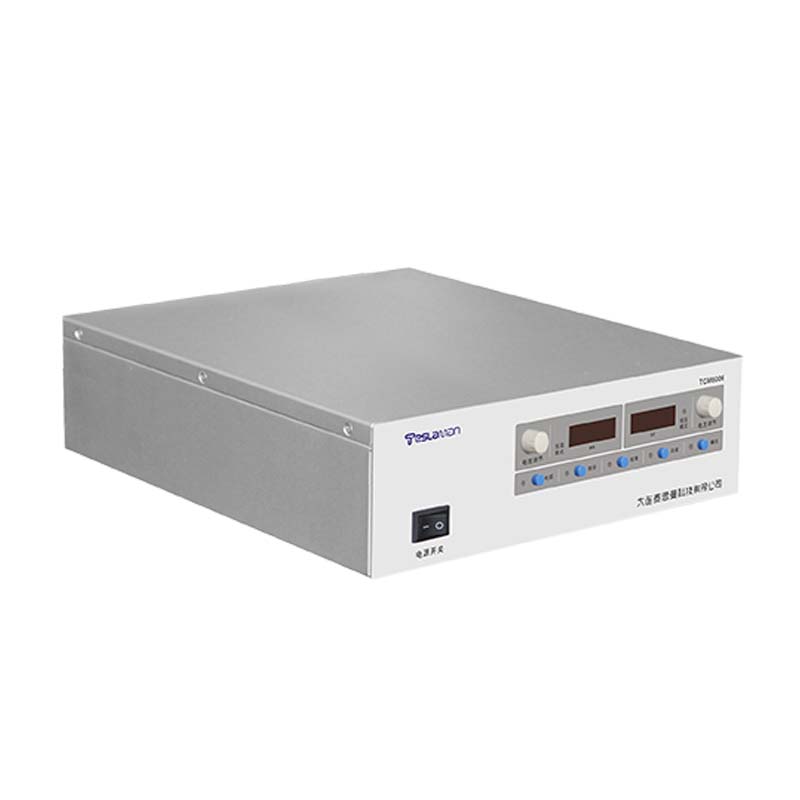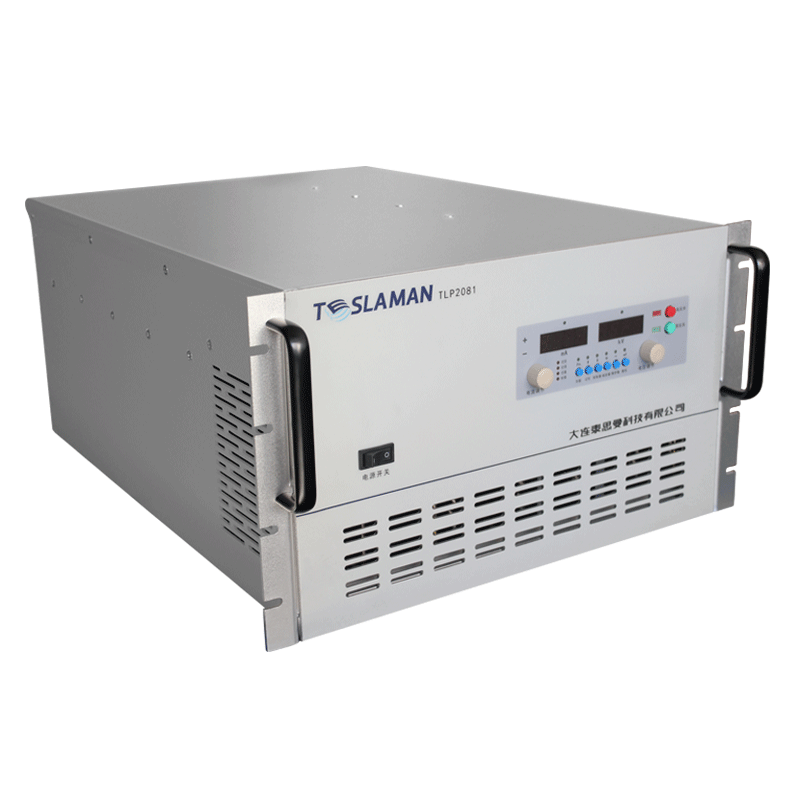Application Cases of X-ray Imaging Technology in High-voltage Power Supply Enterprises
With the development of high-voltage power supply technology, its structure and manufacturing process are becoming more and more complex, putting forward higher requirements for quality inspection. However, traditional manual visual inspection and physical sampling inspection can hardly see through the complex internal structure and fail to meet the needs of high-voltage power supply quality management. Digital X-ray imaging technology based on the principle of X-ray penetration has the advantages of clear imaging and fast non-destructive testing, which can effectively solve the pain points in high-voltage power supply inspection and thus is applied by more and more high-voltage power supply enterprises.
Company A is a well-known high-voltage power supply solution provider in China, and its ultra-high voltage DC power supply products are used in high-energy physics, power grid lightning protection and other fields. In 2021, the company introduced X-ray imaging technology and established a digital X-ray imaging quality inspection system. With X-ray imaging technology, Company A can quickly conduct comprehensive inspection of internal circuit structures and solder joints to effectively control product quality stability. Compared with the previous manual spot check method, the use of X-ray imaging can reduce the inspection time per product from 2 hours to 15 minutes, improving the inspection efficiency by 8 times. After the application of the technology, the product qualification rate of Company A increased from 92% to 97% and delivery quality was significantly improved.
Company B is the supplier of permanent magnet generators for wind turbines with a market share of over 60%. Its ultra-large permanent magnet generators have extremely high requirements for structural integrity. Since 2018, the company has introduced X-ray imaging technology for quality inspection of generator rotors, stators and other components, which can clearly show internal structural defects. This rapid digital inspection method improves Company B's quality control capabilities in large generator production and effectively reduces non-conformities caused by structural failures. In the three years of technology application, the product qualification rate of Company B involving X-ray imaging detection has increased from the original 89% to 96%.
Company C is a well-known energy storage equipment manufacturer whose products are widely used for grid peak shaving and valley filling. The company has shifted from traditional manual sample testing to using X-ray imaging technology for non-destructive testing of 100% of battery packs. X-ray imaging can clearly present the internal structure, wiring, welding and joints of batteries, helping Company C accurately control product quality. This advanced digital detection method saved 70% of inspection time and significantly improved production capacity. At the same time, the product failure rate dropped from the previous 2500 PPM to below 1000 PPM, effectively reducing rework costs.
The above cases show that X-ray imaging technology can directly see through the complex internal structures of high-voltage power supply products and quickly identify product integrity and defects, making it a powerful tool for non-destructive testing. Compared with traditional methods, digital X-ray imaging has the advantages of clear imaging, high speed and reliability, which can significantly improve inspection efficiency and quality control capabilities and reduce operating costs. Therefore, this advanced non-destructive testing technology can be fully applied by more high-voltage power supply companies to boost product quality and expand innovation capabilities. With the deepening of digital transformation in the industry, X-ray imaging technology is expected to continue expanding its application space in the high-voltage power supply field.




















